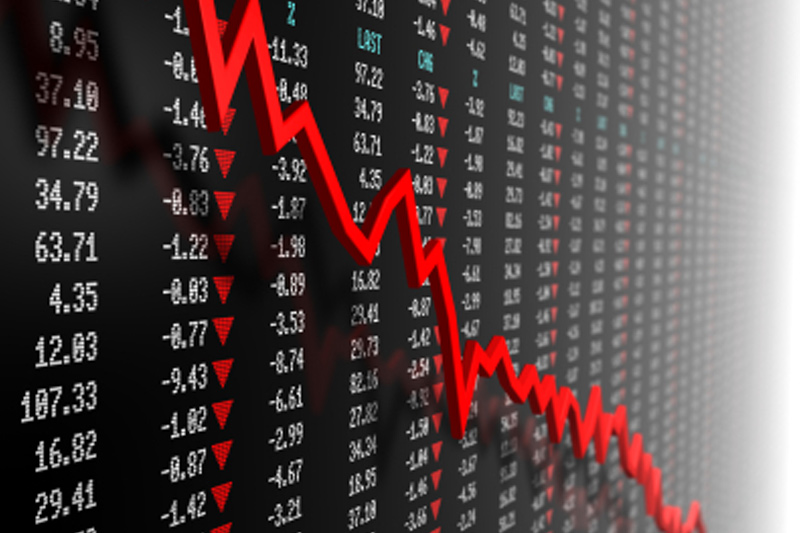Investing.com - Copper futures turned lower during European morning hours on Thursday, as appetite for growth-linked assets weakened amid fresh fears over the euro zone’s economic outlook.
Activity was subdued with market participants in China away for the Lunar New Year holiday. China is the world’s largest copper consumer, accounting for almost 40% of world consumption last year.
On the Comex division of the New York Mercantile Exchange, copper futures for March delivery traded at USD3.737 a pound during European morning trade, down 0.2% on the day.
New York-traded copper prices held in between a tight range of USD3.736 a pound, the daily low and a session high of USD3.750 a pound.
Fresh euro zone concerns were sparked by official data showing that Germany’s economy, the bloc's largest, contracted by 0.6% in the in the fourth quarter, worse than expectations for a 0.5% fall, after a 0.2% expansion in the three months to September.
Separately, France’s economy also contracted more than forecast, with gross domestic product falling by 0.3%, from 0.1% growth in the third quarter. Economists had forecast a contraction of 0.2% in the fourth quarter.
Elsewhere in the region, data showed that Italy’s economy shrank 0.9% in the three months ended December 31, worse than expectations for a 0.6% drop.
Also Thursday, data showed the euro zone’s economy contracted for the third consecutive quarter in the three months ended December 31.
Eurostat said that the euro zone’s gross domestic product shrank 0.6% in the fourth quarter, compared to expectations for a 0.4% decline.
Meanwhile, in Japan, official data showed that the world’s third-largest economy contracted by 0.1% in the fourth quarter, compared to expectations for an uptick of 0.1%.
The downbeat global growth outlook prompted investors to shun riskier assets and move in to the relative safety of the U.S. dollar.
The dollar index, which tracks the performance of the greenback against a basket of six other major currencies, was up 0.6% to trade at 80.64.
A stronger dollar reduces demand for raw materials as an alternative investment and makes dollar-priced commodities more expensive for holders of other currencies.
Market players also remained cautious ahead of a meeting of Group-of-20 finance ministers in Moscow later in the week, which was likely to feature discussions on competitive currency devaluation.
Elsewhere on the Comex, gold for April delivery dipped 0.15% to trade at USD1,642.25 a troy ounce, while silver for March delivery fell 0.35% to trade at USD30.76 a troy ounce.
Activity was subdued with market participants in China away for the Lunar New Year holiday. China is the world’s largest copper consumer, accounting for almost 40% of world consumption last year.
On the Comex division of the New York Mercantile Exchange, copper futures for March delivery traded at USD3.737 a pound during European morning trade, down 0.2% on the day.
New York-traded copper prices held in between a tight range of USD3.736 a pound, the daily low and a session high of USD3.750 a pound.
Fresh euro zone concerns were sparked by official data showing that Germany’s economy, the bloc's largest, contracted by 0.6% in the in the fourth quarter, worse than expectations for a 0.5% fall, after a 0.2% expansion in the three months to September.
Separately, France’s economy also contracted more than forecast, with gross domestic product falling by 0.3%, from 0.1% growth in the third quarter. Economists had forecast a contraction of 0.2% in the fourth quarter.
Elsewhere in the region, data showed that Italy’s economy shrank 0.9% in the three months ended December 31, worse than expectations for a 0.6% drop.
Also Thursday, data showed the euro zone’s economy contracted for the third consecutive quarter in the three months ended December 31.
Eurostat said that the euro zone’s gross domestic product shrank 0.6% in the fourth quarter, compared to expectations for a 0.4% decline.
Meanwhile, in Japan, official data showed that the world’s third-largest economy contracted by 0.1% in the fourth quarter, compared to expectations for an uptick of 0.1%.
The downbeat global growth outlook prompted investors to shun riskier assets and move in to the relative safety of the U.S. dollar.
The dollar index, which tracks the performance of the greenback against a basket of six other major currencies, was up 0.6% to trade at 80.64.
A stronger dollar reduces demand for raw materials as an alternative investment and makes dollar-priced commodities more expensive for holders of other currencies.
Market players also remained cautious ahead of a meeting of Group-of-20 finance ministers in Moscow later in the week, which was likely to feature discussions on competitive currency devaluation.
Elsewhere on the Comex, gold for April delivery dipped 0.15% to trade at USD1,642.25 a troy ounce, while silver for March delivery fell 0.35% to trade at USD30.76 a troy ounce.
